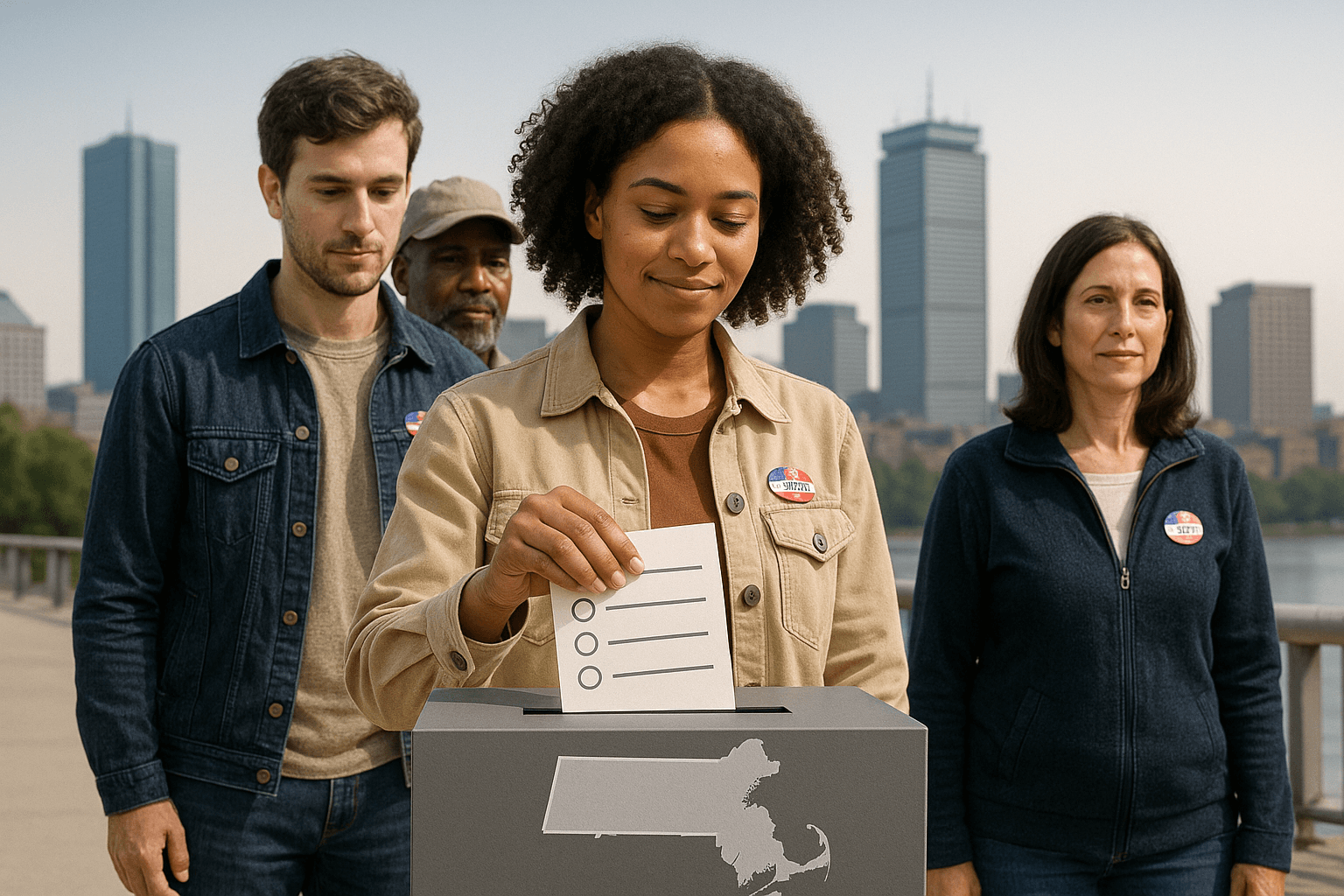The Movement for Better Elections Is Poised for Big Wins

FairVote reached its 25th anniversary in June. I’ve directed the organization since its inception.
It’s been quite a ride, with highs and lows, but with overall progress toward building support and earning advocacy success for big structural reform ideas in the service of our mission: greater choice, a stronger voice and a representation democracy that works for all Americans.
I’ve never felt more optimistic about the chances to bring our core vision of reform into the mainstream of American politics.
Highlights from the last year include a trailblazing win for ranked choice voting (RCV) in Maine that is slated to be used for all its major elections in 2018. Reformers are advancing consideration of RCV across the country.
Nineteen states had RCV legislation this year -- including bills that would affect elections to Congress -- that passed legislative chambers in heavily Democratic Hawaii and heavily Republican Utah.
Cities using and committed to implementing RCV could triple in the coming two years.
Nationally, we were thrilled by the recent introduction of the Fair Representation Act (HR 3057) — the first congressional legislation in the modern era to establish an American form of proportional representation for U.S. House elections.
The bill would combine ranked choice voting with multi-winner districts (also known as “single transferable vote”). It has been sponsored by leading reformers in Congress and endorsed by major publications and organizations.
The Fair Representation Act challenges the winner-take-all principle – that is, 51% of voters should elect a representative for everyone.
Winner-take-all elections can never be representative of voters in the way that systems of proportional representation (PR) inherently are.
PR means seats are won in proportion to the voting strength of like-minded voters: 51% of the vote wins a majority of seats, but 20% wins a significant share (one in five seats).
I believe that forms of PR should be a core reform goal, but advancing the most viable single-winner system is critically important given how often we elect powerful single-winner offices – like governor, U.S. senator, and mayor.
Only three single-winner elections are used everywhere in the world, at every level of government, without exception:
- Plurality voting: Voters cast one vote, and the candidate with the most votes wins even if that candidate might be strongly opposed by a majority of voters. It’s used for most single-winner elections in the United States.
- Runoff elections: Winners must surpass a certain threshold of support—usually a majority. Elections take place over two rounds, with voters in each of them casting one vote. After the first round, only two candidates usually advance. Runoffs are used in most presidential elections, around the world, in a handful of congressional races, and in many primary and local elections.
- Ranked choice voting: Combines features of plurality and runoff elections. Rather than return for a second runoff election, voters have the freedom to rank candidates from first to last, and those rankings enable an “instant runoff” between the two strongest candidates. RCV is used to elect high offices in several nations, in 11 cities in the United States, and in hundreds of non-governmental elections.
I support runoff elections over plurality voting because it allows voters in the first round much more freedom to support their favorite choice and it upholds the majority rule principle.
But Americans generally use plurality voting because runoffs present serious logistical challenges – they cost taxpayers more, turnout is very different between rounds, and they make campaigns more expensive.
That’s where RCV makes so much sense. RCV essentially simulates the math of traditional runoff elections, but in one trip to the polls.
Third parties and independents can run without being spoilers, and voters can vote for who they like the most without concern that they are helping to elect the candidate they like the least.
RCV has the added value of creating clear incentives for candidates to reach out to more voters as they seek second- and third-choice support as well as first-choice support.
Based on the context of its use, RCV:
- Mitigates partisan inflexibility;
- Fosters greater accountability;
- Promotes civic engagement in elections;
- Creates incentives for more positive campaigns;
- Reduces the impact of campaign spending; and
- Requires incumbents to work harder.
The main barrier to its expansion – antiquated, inflexible voting equipment - is being overcome through the work of new groups like the Ranked Choice Voting Resource Center.
My columns at IVN are going to focus on the ways RCV can improve our politics and the ways it is moving on the ground across the country – like replacing inefficient city runoffs, combining primaries with general elections, and doubling second-round choices in the top two primary with a “top four primary.
It shouldn’t take another 25 years to make RCV the default way Americans cast ballots -- and gain a new freedom to make our democracy work.




